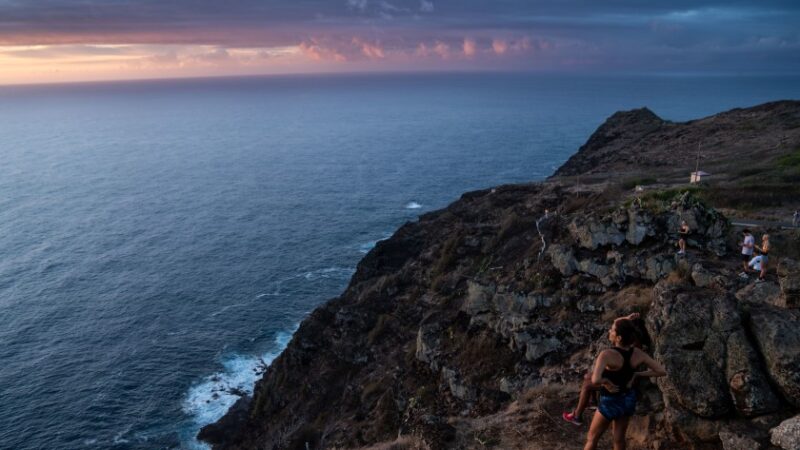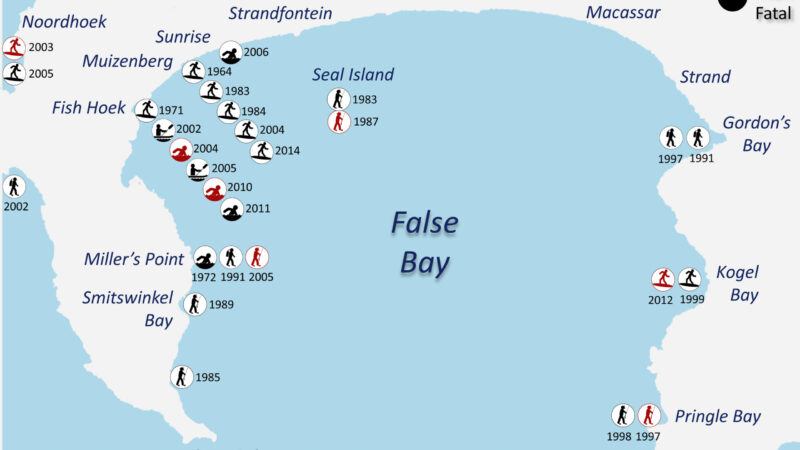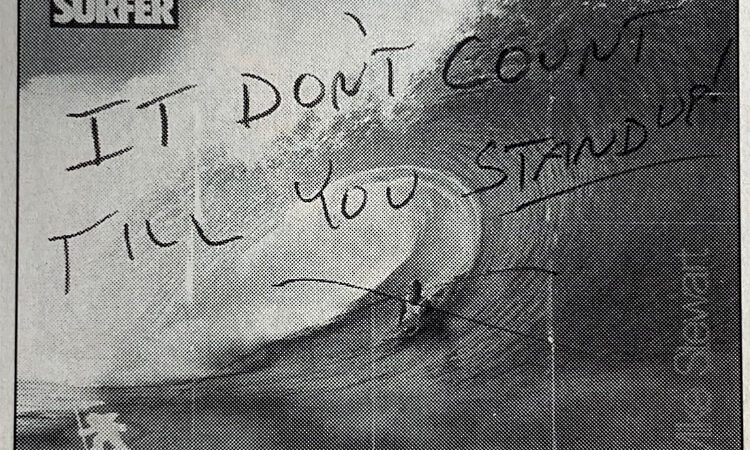The first steps into bodyboarding must be taken carefully and should be supervised by an experienced expert, coach or instructor.
First of all, if you are getting into bodyboard, you must start off by choosing a sandy beach or a beach break. This type of surf spot is easier to ride and provides easy access to the waves, whether you’re paddling out or exiting the water.
Depending on your expertise, the ideal conditions may vary. Nevertheless, you will always need to read the ocean before adventuring yourself into the waves.
Tides and Swells
To understand the ocean you need to know a few details about the place beforehand.
For example, how the tides will be affecting the lineup when you’re about to kick off your bodyboarding session. That’s paramount.
Some beaches and bodyboarding spots need special tide times and conditions to start producing breaking waves. Before grabbing the board and putting your fins on, check the best tide for the surf break you’re about to ride.
By doing so, you won’t need to waste time searching for the best beach with the best breaking waves. Also, be careful and pay particular attention to bodyboarding spots that are apparently delivering good waves in extreme low tides – you will be surfing in very shallow waters, and that could be potentially dangerous, too.
Then, check if there’s any strong current pushing you out-the-back or toward a point break section close to the lineup. Rip currents can be deadly.

Analyze the swell’s direction, and check out the wind direction and whether it is influencing the swell and the ocean, or not. A good starting point is the surf report.
As you know, the ocean can be very shifty and tricky and, depending on the circumstances, it might put you in a less comfortable situation.
The sea is one of the most beautiful things on Planet Earth. However, always remember to respect its conditions and evaluate your skills before facing it for the first time.
Choosing small – not too powerful – and smooth, breaking waves can be a good idea. They will steadily help you gain confidence with your boogie board, and won’t put too much stress on your initial wave riding experiences.
Beach break waves will allow you to control the board better and understand how the technical moves should be performed. Perfect-peeling breaking waves will also let you stay more time on top of the wave, exploring its opportunities.
Rocks and Other Hazards
When you are still a rookie in the early stages of bodyboarding, learning by yourself or with an instructor, make sure you pick a spot without reef, coral, or cobblestones below the water’s surface, and rocky obstacles in the surroundings.
This will keep you safe whenever you fall off of the board, wipe out or when, for any reason, you can’t complete a maneuver.
A bodyboard spot with a rocky ocean floor may produce the best waves, but when you’re still in the early learning phase, sandy beaches are definitely the best choice.

A beach with multiple peaks is also a good option for developing your beginner bodyboarding skills. It will allow you to choose different kinds of waves – lefts, rights or fun closeout waves – and catch them quicker and easier.
Another aspect that is important to stress is your position in the lineup while in the water waiting for the wave set.
Try to keep a safe and comfortable distance from other fellow riders, in order to avoid any physical contact and consequent injuries. Also, make sure you do not interfere with others’ waves.
If you have never heard of the informal surfers’ code, please take a few minutes to read the basic rules of surf etiquette.
Wind Changes Everything
Wind direction is also relevant and will always affect your bodyboarding sessions. Even when there’s no wind at all.
In a way similar to tides, wind dictates the rules pretty much all the time. In other words, if the wrong wind is blowing in the wrong direction, it will screw up the waves.
So, if you’re not familiar with the effects of winds in the waves we ride, discover why offshore winds are good for surfing and bodyboarding.
In the end, experience is something that could take years to build. And that is particularly true in bodyboarding. So, just go with the flow, session after session.
And if you’re really looking forward to becoming a bodyboard expert, improve your ocean analysis, keep reading waves and their behavior, deal with real situations and problems in the water, and always talk to older riders and locals about the conditions you’re facing.
Words by Nuno Beleza | Author and Private Bodyboarding Coach | aprenderbodyboard @ gmail.com





Recent Comments